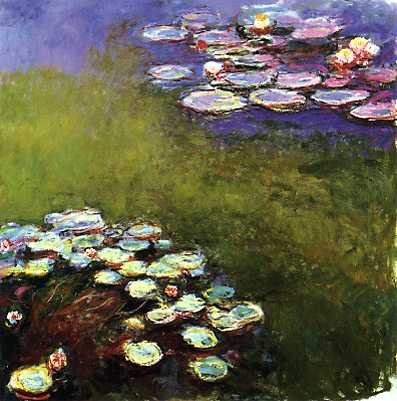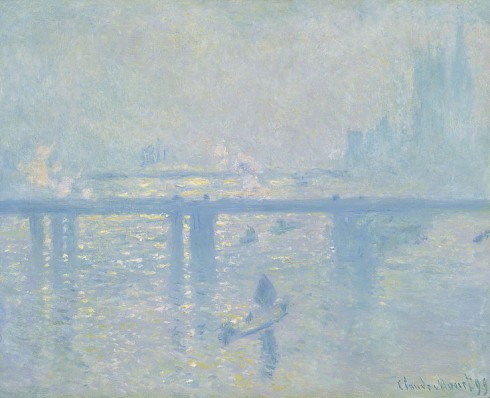Sunflowers originated in the Americas, but for a long time, especially in the 1800’s, has been planted and used a lot more in Eurasia. Today, a lot more is being produced in the U.S., because the potato chip industry prefers sunflower oil to the partially hydrogenated oils that their customers believe are healthier. Dan Charles’ story on NPR traces some of this history.
Month: January 2012
The Rules of Comma Use
Dr. H. gave us a quick refresher on how to use commas this afternoon. Of course, like a true academic, he started with the caveat that, like any other rules of language, the way we use commas has changed over time, and is constantly evolving. Punctuation was initially designed to help the verbal reader, but has developed into a tool to help clarify syntax.
The Rules
From my notes on Dr. H’s presentation: use commas to:
- Separate things in a list.
- eg: The flag for Equatorial Guinea is blue, green, white, and red.
- One potential issue with these commas is the last one, the serial comma, which I tend to find very useful in separating ideas, particularly in complex sentences.
- To separate “sentences” (i.e. clauses)
- Bob talks in class ________ he’s not always on task.
- you can insert into the space:
- conjunction with a comma: “, and”
- “however,” with a semi-colon or a period: “. However,”
- semi-colon: “;”
- period: “.”
- To indicate “interrupts”
- These are my favorites, because you can use them like parentheses to isolate clauses and clarify the meaning. I have been accused, by someone who shall remain unnamed, of overusing them.
- e.g.: The boy, bothered by the noise in the room, wandered down to his quiet place.
- e.g.: Mary considered her possibilities and, after a period of reflection, came to the conclusion that doing something was in order.
- DO NOT USE commas between the subject and verb of a sentence (unless absolutely necessary).
A key thing to remember though, particularly with things like the serial comma, is that you need to be consistent. The syntax of language may evolve over time, but usually not within a single document.
Impressions of Monet

We took the middle and high school to see the Monet Water Lilies exhibit at the St. Louis Art Museum today. It was a nice tour; we saw some paintings, and we learned a little something about the impressionists.
One thought that occurred to me during an interesting conversation on the bus back to school, was how the development of abstract thinking skills affects our perception of the more abstract art. After all, it usually requires more effort to appreciate, understand and become affected a piece the more abstract it is. Which would suggest that art appreciation would be useful practice for adolescents who are honing their higher-level cognitive skills.
The tour also left me with one unanswered question, however: are we seeing fog or smog in Monet’s painting of the Charing Cross Bridge in London.

London is famous for its fogs, but this painting was done in 1899, well into the industrial revolution, and the yellow tints suggest a pea-souper.
Teaching Your Kids how to Argue
All that arguing with your teenager is, basically, teaching them how to argue. You yell, they learn to yell. You listen, and make your rational arguments respectfully, and they learn to do the same — both with you and with others; so much so that it inoculates against peer-pressure.
Patti Neighmond has a nice story about the benefits of parent-teenager arguments, on NPR’s All Things Considered. One particularly interesting is that adolescents who learn to argue well are much less susceptible to peer-pressure.
2012: Not the End of the World
I’ve fielded the question about if the world is going to end in 2012. My first-order answer has been to cite the poor level of success that previous predictions of apocalypse have had. NASA has had to address the problem, while C.G.P. Grey has a nice little video explaining the sources of the hysteria (he’s not very happy with the History Channel).